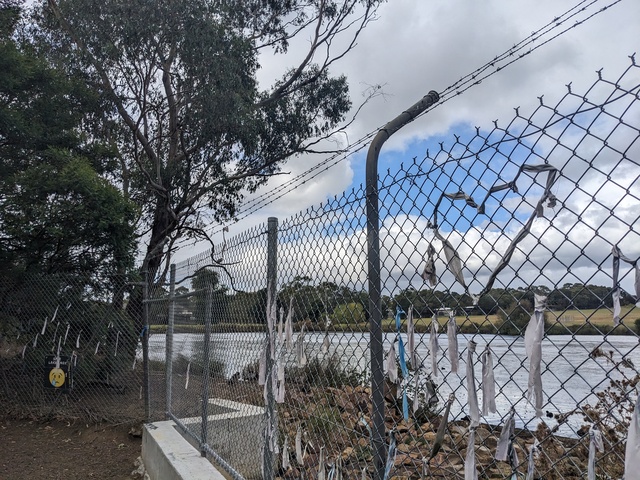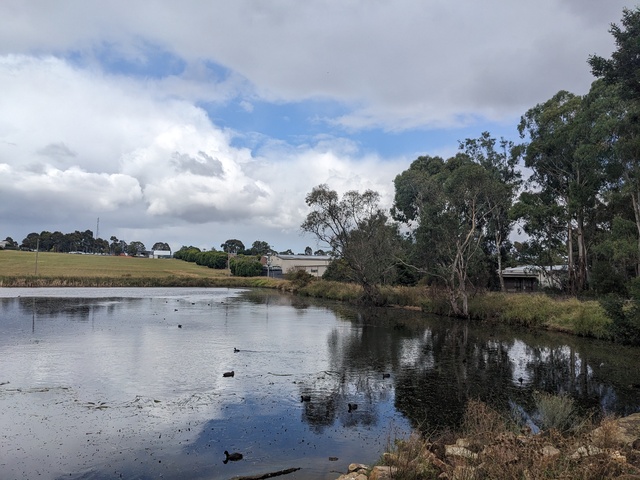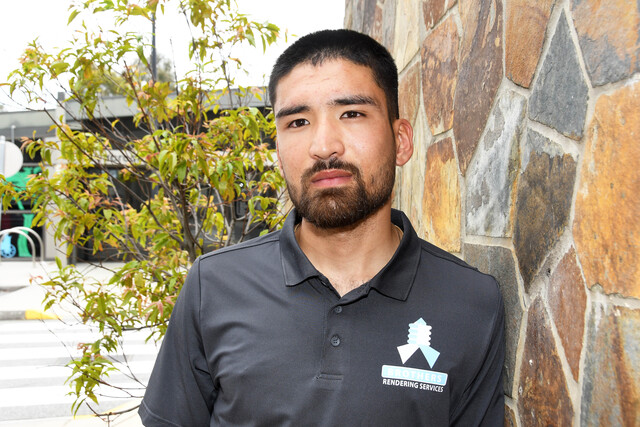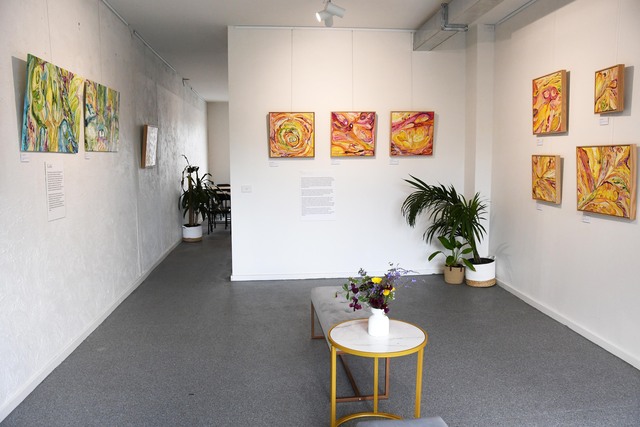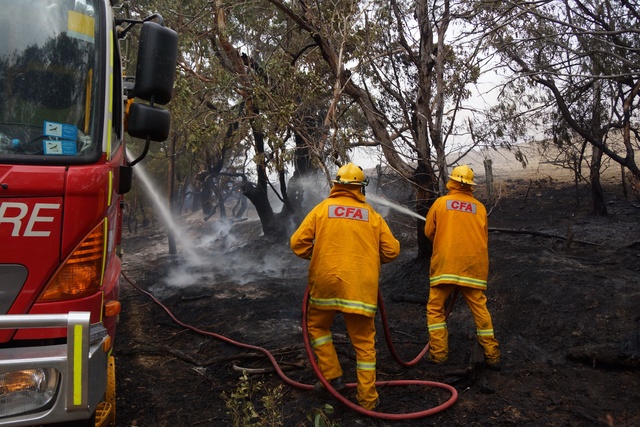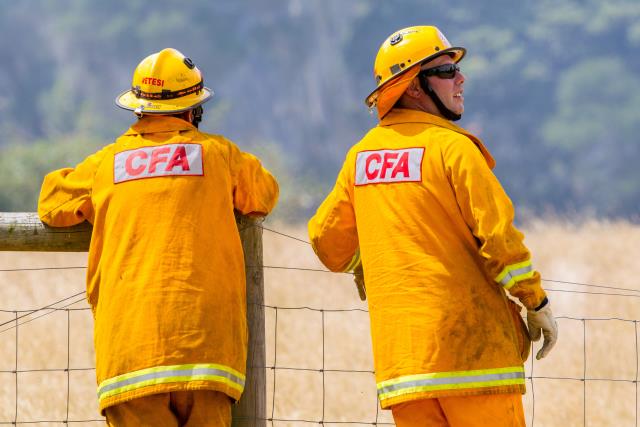Knox Council is “disappointed” and Knox Environment Society “gutted” after the Victorian Civil and Administrative Tribunal (VCAT) approved the planned sub-division of “Lake Knox”.
VCAT gave the green light to the planned subdivision in Knoxfield on Monday 18 March, with several conditions attached to the process and many unhappy with the final outcome at the former dam site.
Development rights have been granted to Development Victoria for a 105-lot residential subdivision on the north-western corner of Burwood Highway and Scoresby Road (621 Burwood Highway), Knoxfield.
President of Knox Environment Society (KES) Richard Faragher said he and many in the environmental group were gutted by the final call and Knox Council has said it was disappointed about the issue via their social media on 20 March.
“We’re gutted and devastated – but at the same time we don’t have any issue with the VCAT process,” Mr Faragher said.
“We’re upset with the decision, not the process – however our angst lies with Development Victoria,” he said.
Knox Mayor Jude Dwight said via a press release on Wednesday 20 March that the council will continue to concentrate their best efforts towards ensuring the provision of housing is balanced with the need to respect environmentally-sensitive flora and fauna.
“This is a very disappointing outcome after such a lengthy appeal,” she said.
Mayor Dwight said that while the final decision is disappointing, the council succeeded in negotiating extensive permit conditions during the appeal process.
“These conditions provide the best available opportunity now to achieve a reasonable environmental outcome for the final development,” she said.
Conditions on the development namely included establishing a new wetlands site before decommissioning the existing waterbody known as Lake Knox, to give the local fauna the best chance to relocate.
This fauna includes several native species and the blue-billed duck, which is threatened in Victoria.
“They have tried to make it a bit deeper and more accommodating to the blue billed duck – so there may be a chance for it to move across and they do have to wait,’ Mr Faragher said.
“The importance of this site was that it was a breeding site for the ducks, a successful breeding site and they’re not common,” he said.
The tribunal heard key objections from local community and environmental groups on the impact of ‘decommissioning’ Lake Knox and building new wetlands in the development area.
“I’m sure it’ll be a wonderful wetland – but that wasn’t our argument either,” Mr Faragher said
“We were quite happy for them to build that wetland – we just wanted that original lake protected,” he said.
Tribunal presiding member T Bilston-McGillen and member Claire Bennett overall permitted the residential subdivision, allowing the construction of the new wetlands and the decommissioning of the water body.
“Having regard to the principles of net community benefit, whilst there may be some disruption arising from the proposed development, the benefits gained by the broader community from the proposals favour approval,” they said.
Several reasons were given in support of the choice, the tribunal said the additional housing was a chance to increase housing diversity and capitalise on existing infrastructure in the area as well as provide community access to a public open space.
The tribunal also reasoned that there was much needed rehabilitation of the dam at the current lake site would also impact flora and fauna, that the planned development would be performed according to codes and additionally place formal stormwater quality treatment for the site, as well as the existing upstream catchment.
“Which is currently only passively managed,” they said.
In turn, the tribunal said that the development would create a link to the Blind Creek corridor and increase the total area of wetlands on the site and, more broadly contribute a larger habitat area to the linear Blind Creek corridor.
“There will be some vegetation losses, but on a site of this size, the losses are limited,” they said.
Development Victoria’s group head housing, Penny Forrest welcomed the decision made by VCAT and said she looked forward to delivering housing for the Knox area within the parameters of the granted permit.
“We will work closely with Knox City Council and other key stakeholders as we progress to the first phase of construction for the site, expected to commence in early 2025, subject to change and in line with recent approvals. We will continue to keep the local community informed as the project progresses,” she said.
“We look forward to delivering much-needed homes, including affordable housing, improved stormwater and water quality as well as an enhanced wetland habitat for the local fauna and green open spaces for the community to enjoy.”
A petition to ‘Save Lake Knox’ that began on 15 March 2018 has raised nearly 40,000 signatures – representing five years of valiant effort from the Knox community.
Mr Faragher said that their journey has ended and that the financial burdens have been high for the small community organisation.
“All of this money, we spent over $150,000 – we very nearly went broke.”
“We just simply don’t have the funds, the big players like Development Victoria have millions and millions to throw at it,” he said.
The tribunal heard that Melbourne Water, Department of Energy, Environment and Climate Action (DEECA) and other authorities had no objection to the proposals subject to the inclusion of permit conditions on any permit issued at the final hearing.
Development Victoria concluded their case by submitting that the permit applications enjoy a high level of policy support, and are following the planning provisions and the proposals appropriately deal with the environmental and biodiversity issues of the site including those associated with the Blue-billed Duck.
Mayor Dwight said that the council would like to thank Knox’s environmental groups and residents, including the Knox Environment Society and Friends of the Glenfern Green Wedge, who contributed significant time and resources towards the lengthy VCAT appeals process alongside the Council’s representatives.
“We will work with Development Victoria to achieve the best outcomes for the site that the permit conditions allow,” she said.
With only minimal patches of natural environment left in the Knox area, Mr Faragher said that while the loss might not seem like much to some it is ‘important to the animals and plants and everything that is living there,’
“We didn’t want the lake destroyed, it’s an ecosystem and you cannot replace it.”

